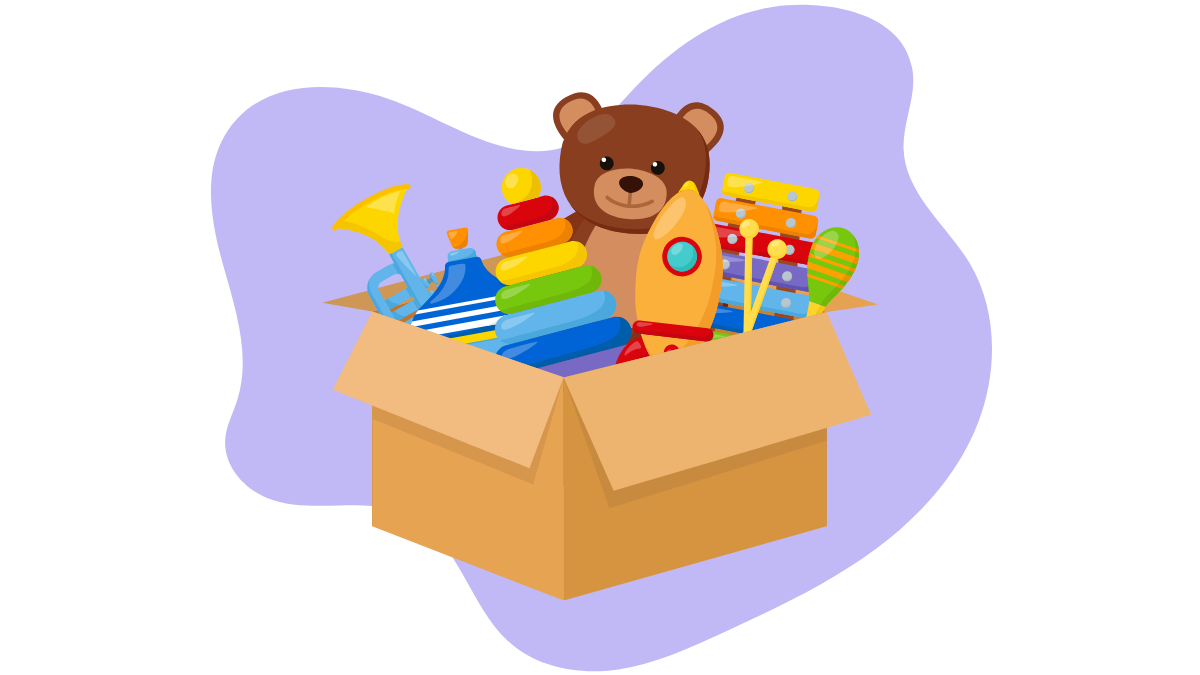For toy brands, social media serves as an engaging platform to connect with parents, kids, and toy enthusiasts, showcasing fun, educational, and entertaining toys. This guide aims to outline effective strategies to leverage social media platforms for increased brand visibility, engagement, and sales in the toy industry.
Target Audience
Identify the primary audience for toy brand social media marketing:
- Parents & Guardians – Engaging parents seeking quality toys, educational products, and entertainment for their children.
- Children & Toy Enthusiasts – Attracting kids, showcasing toys, and creating interactive content that appeals to younger audiences.
- Gift Buyers & Collectors – Targeting individuals interested in gifting toys, collectors seeking unique items, or limited editions.
- Educators & Childcare Professionals – Engaging with teachers, educators, and childcare professionals seeking educational toys.
Goals
Define the objectives of utilizing social media for toy brand marketing:
- Brand Awareness & Positioning – Establishing the toy brand as a trusted source for quality, innovative, and entertaining toys.
- Product Promotion & Sales – Showcasing toys, highlighting features, and encouraging purchases through engaging content.
- Educational Content & Parental Resources – Providing toy-related educational content, parenting tips, and child development resources.
- Community Engagement & Interaction – Fostering engagement, sharing user-generated content, and building a community around the brand.
Platforms to Focus On
Identify key social media platforms for toy brand marketing:
- Facebook – Utilize engaging videos, parenting tips, and interactive content on both the brand’s page and parenting groups.
- Instagram – Visual storytelling through high-quality images, videos, and interactive content showcasing toys in use.
- YouTube – Share unboxing videos, toy reviews, DIY activities, and engaging content catering to both kids and parents.
- Pinterest – Curate boards featuring toy collections, DIY play ideas, and educational resources for parents and educators.
Content Strategies
Develop content strategies tailored for toy brand marketing:
- Product Showcases & Demos – High-quality images, videos, and detailed descriptions highlighting toy features and benefits.
- Unboxing & Playtime Videos – Captivating videos showcasing toy unboxing, play demonstrations, and kids enjoying the toys.
- Educational Content & Parenting Tips – Providing parenting advice, child development insights, and educational activities.
- User-Generated Content & Contests – Encouraging customers to share their experiences, hosting contests, and showcasing user-generated content.
Engagement & Conversion Tactics
Implement strategies to engage parents and kids and convert social media traffic into sales:
- Call-to-Action (CTA) – Encouraging purchases, signing up for newsletters, or participating in interactive challenges.
- Influencer Collaborations – Partnering with family-friendly influencers or kid content creators for toy endorsements and reviews.
- Interactive Polls & Quizzes – Engaging audiences with polls, quizzes, and interactive content related to toys and playtime.
- Limited Editions & Promotions – Offering exclusive deals, limited editions, or special promotions to drive sales.
Analytics & Optimization
Utilize analytics to measure and optimize social media performance for toy sales:
- Engagement Metrics – Monitor likes, comments, shares, and interactions across social media platforms.
- Conversion Tracking – Track website visits, clicks, and purchases resulting from social media referrals.
- Audience Insights – Understand demographics, preferences, and engagement patterns for targeted content.
- Campaign Optimization – Adjust strategies based on performance, analyze successful content, and refine targeting for better results.
Challenges & Solutions
Address potential challenges in toy brand social media marketing:
- Child Safety & Privacy – Adhering to child protection regulations, ensuring safe content, and protecting children’s privacy.
- Parental Influence & Approval – Creating content that resonates with both kids and parents, balancing entertainment with educational value.
- Authenticity & Trust – Building trust through genuine engagement, responding to queries, and providing accurate toy information.
- Competition & Brand Differentiation – Standing out among numerous toy brands, offering unique products, and creating a distinctive brand identity.
Conclusion
Leveraging social media effectively can significantly boost brand visibility, customer engagement, and toy sales for toy brands. This guide provides a roadmap for engaging parents, entertaining kids, and building a robust online presence in the toy industry.



